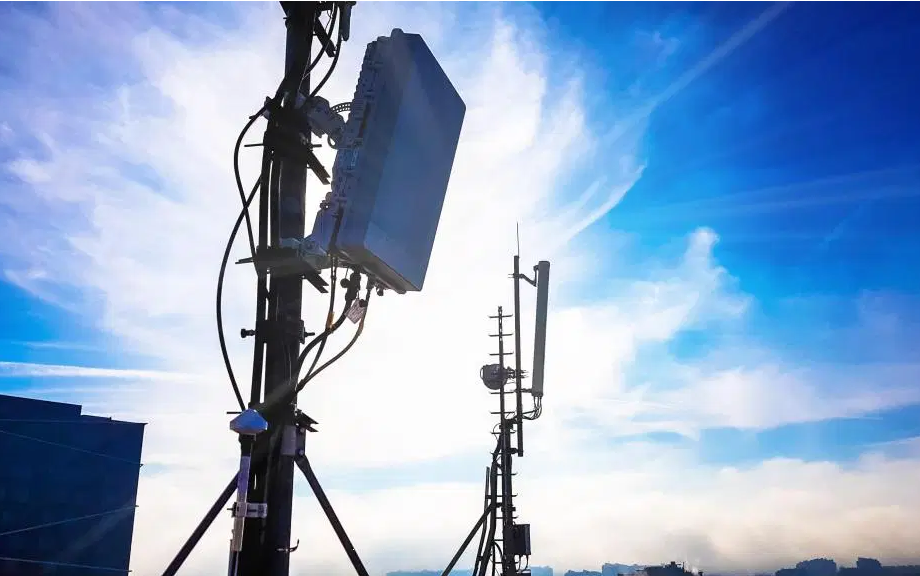Are usually safest distance from the 5G cell Tower?

If you've ever wandered through a town and spotted tiny 5G cell towers on street light poles. safe distance to live from cell phone tower look like little boxes however, they're actually transmitting wireless signals from cell phone providers to your phone.
safe distance to live from cell phone tower are replacing the larger specially-designed cell towers. While they're not as noticeable, they still can cause problems for people.
The FCC's Radiation Exposure Thresholds
The FCC's Radiation Exposure Thresholds establish the maximum amount of time an individual can be exposed to electromagnetic radiation from wireless devices. The exposure limits are based on research that show that RF energy can cause harm to health.
The absorption rate specific (SAR) is an indicator of the radiofrequency energy that is taken up by tissues. It's usually 1.6 watts per kilogram, averaged over one kilogram of tissue.
But, since 5g operates at higher frequencies and has the potential to create more energy on the skin as well as other body parts. This could lead to a wide range of possible harms, such as an increase in formation of skin disorders such as dermatitis, cataracts, and skin cancer.
Due to the possible severe effects of 5g radiation, PSU has chosen to create a general maximum power density of four mW/cm2 based on the average across 1 centimeter, and not to exceed 30 minutes, for all 5G services running at 3000 GHz. This limit for localization is in line with the maximum SAR spatial-average of 1.6 W/kg averaged over 1 g of tissue at 6 GHz.
The FCC's Maximum Exposure Thresholds

If you've ever operated a cell phone, you probably know that the safest range from the tower is around 400 meters. This is due to the transmitting power of cell towers increases drastically the further away your location from the tower.
While it sounds like something that's good however, those living close to towers could be more susceptible to health issues. For example, a study from 2014 in India found that residents living within 50 meters of cell towers had significantly more health complaints than those who lived farther distance from them.
But, the study showed that residents who moved to areas further away from the cell towers saw their symptoms return to normal within a few days. Another study has demonstrated that exposure to extreme levels of radiofrequency electromagnetic fields (EMFs) can cause brain tumors, cancers, and other health problems.
This is due to the fact that RF radiation, used in wireless communications, may penetrate the body's outer layer of skin. It is crucial to know because the skin acts as a protective barrier against injuries caused by mechanical forces, infections by pathogenic microorganisms, and entry of toxic substances. Additionally, it is the largest organ in the human body and is responsible for maintaining the integrity of other organs.
The FCC's Minimum Exposure Thresholds
The FCC's Minimum Exposure Thresholds rely on numerous assumptions that are not supported by scientific evidence. This includes the false assumption that short-term exposures to RF radiation are safe due to minimal penetration into the body (i.e., tissue heating).
The assumption is also ignoring the deeper penetration of the ELF parts of modulated RF signals as well as the effects of short bursts of heat generated by RF waves that are pulsed. These assumptions do not correspond with current knowledge of the biological effects of RF radiation, and thus, they should not be considered for health protection exposure guidelines.
Additionally, the ICNIRP and FCC are limiting their maximum radiation limits for local peak SARs that are based on the peak speed of spatial absorption (psSAR) which is an inadequate dosimetric tool to determine the degree of radiation exposure. Particularly, psSAR is inaccurate for frequencies above 6 GHz. Additionally, psSAR hasn't been tested for RF radiation exposed to other environmental agents , such like sunlight. The interactions of RF radiation with other environmental agents could produce synergistic or antagonistic results. This could result in an increased risk of negative health consequences. For example, co-exposure to RF radiation along with exposure to sunlight can raise the chance of skin cancer, as well as aggravate other skin diseases such as acne.
